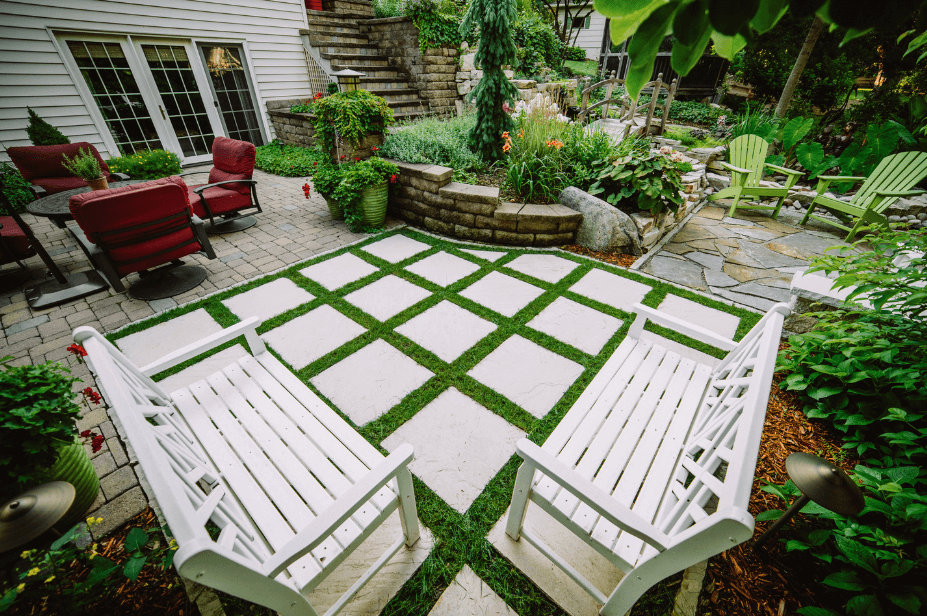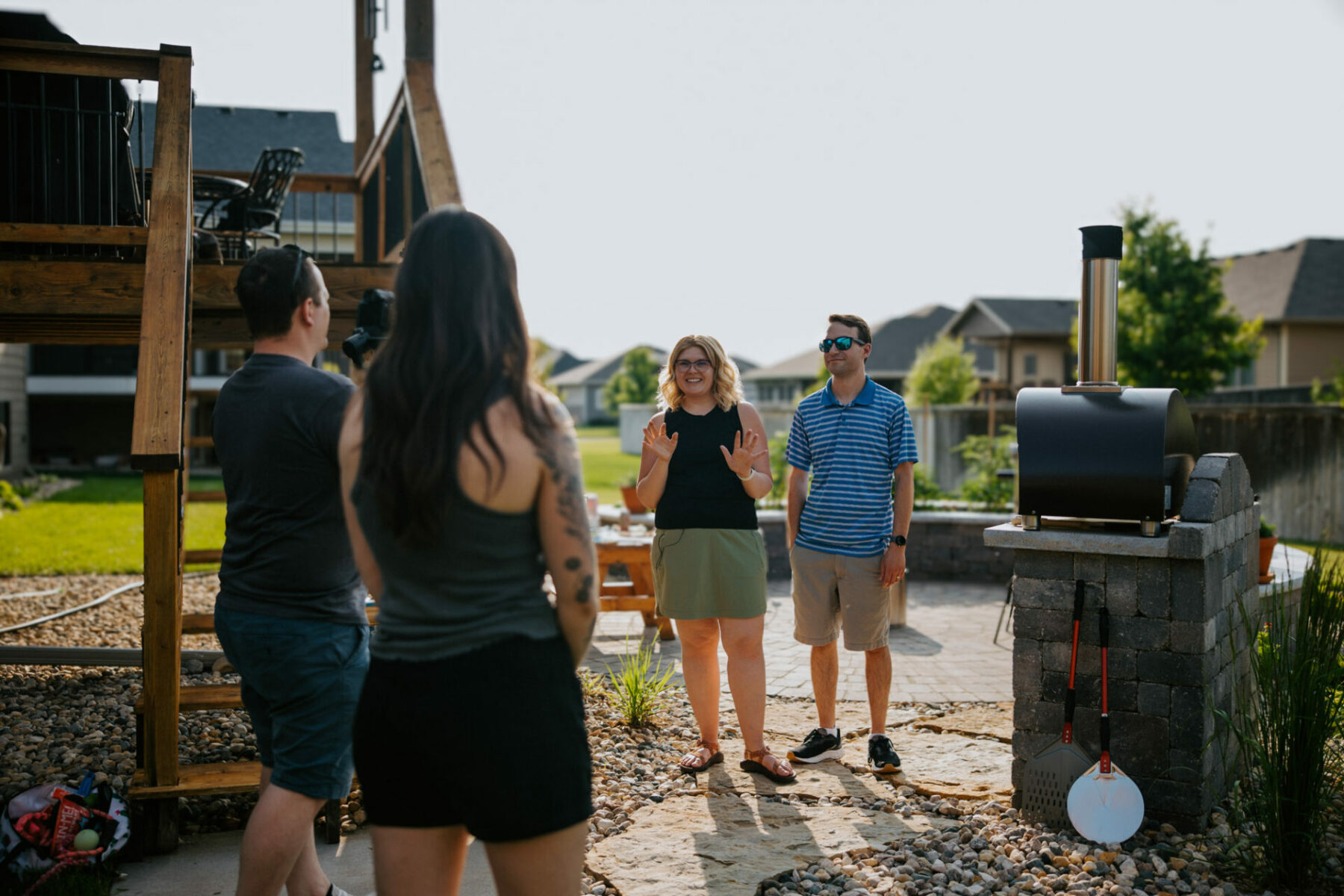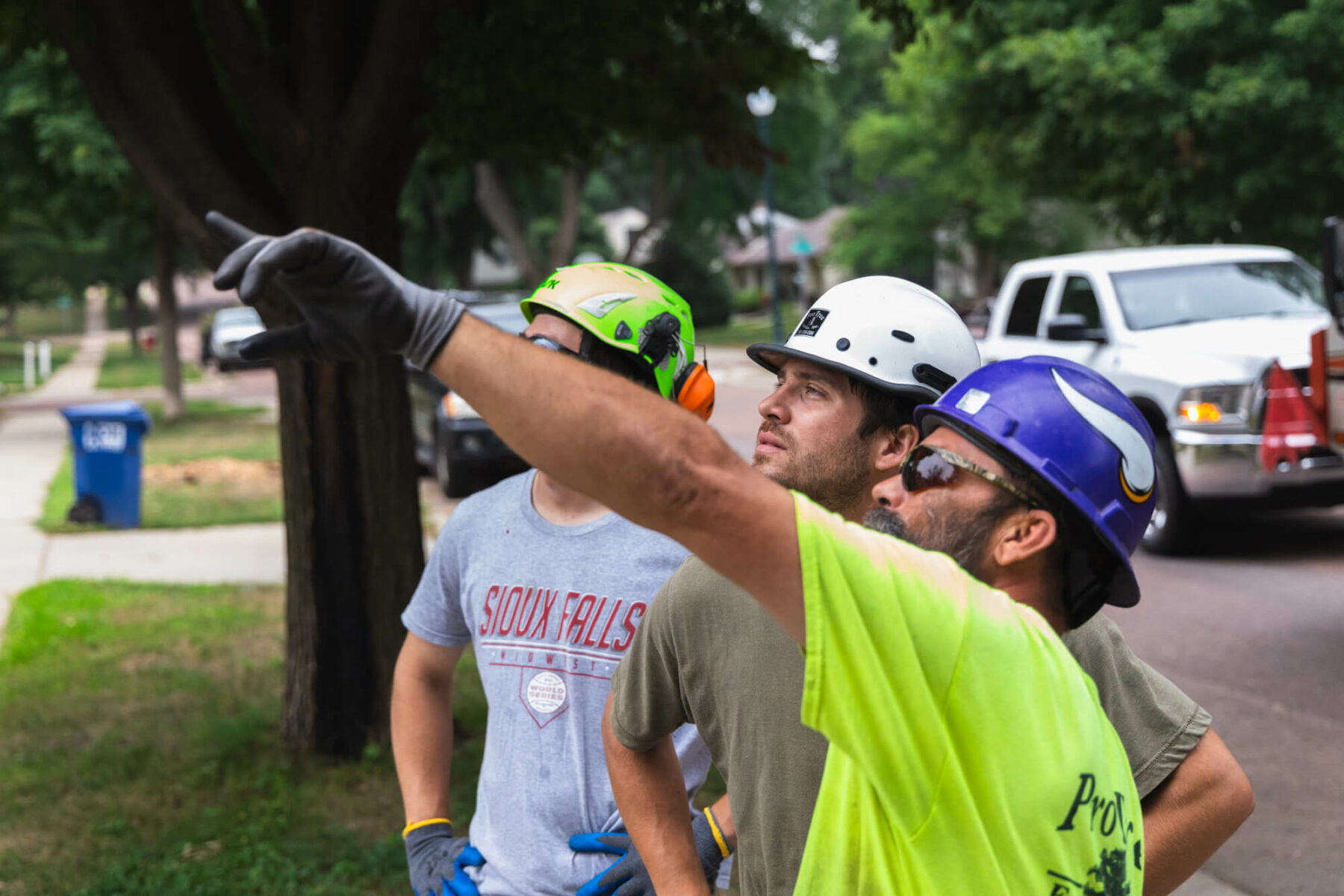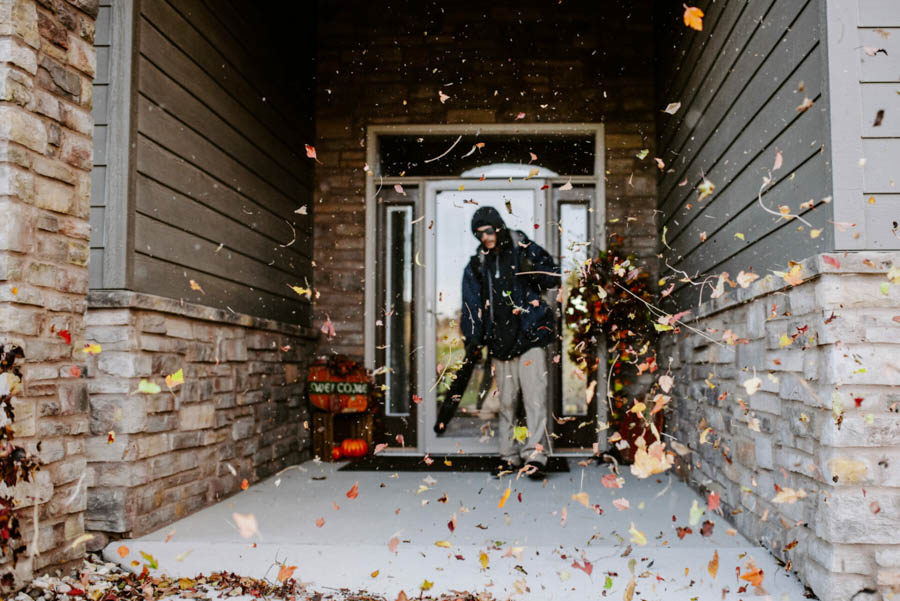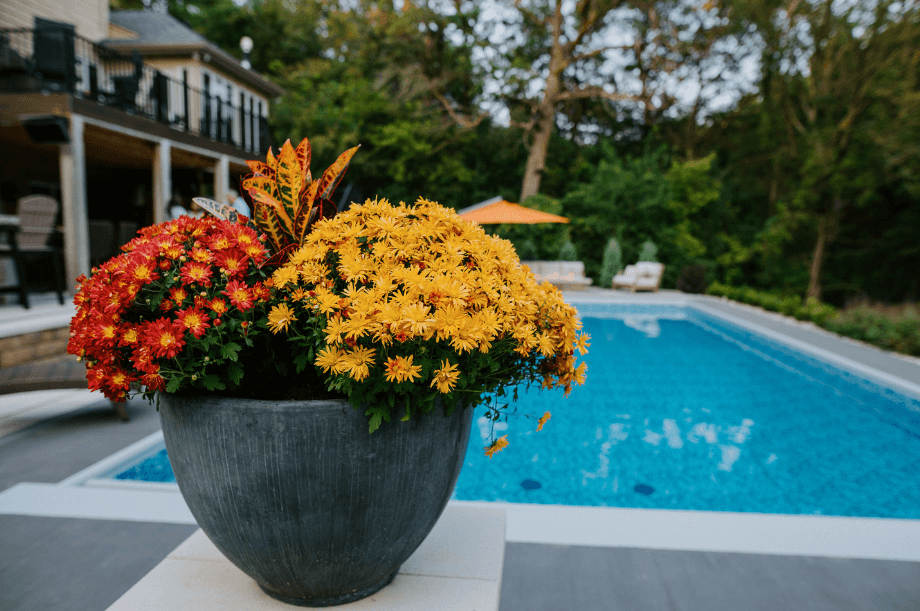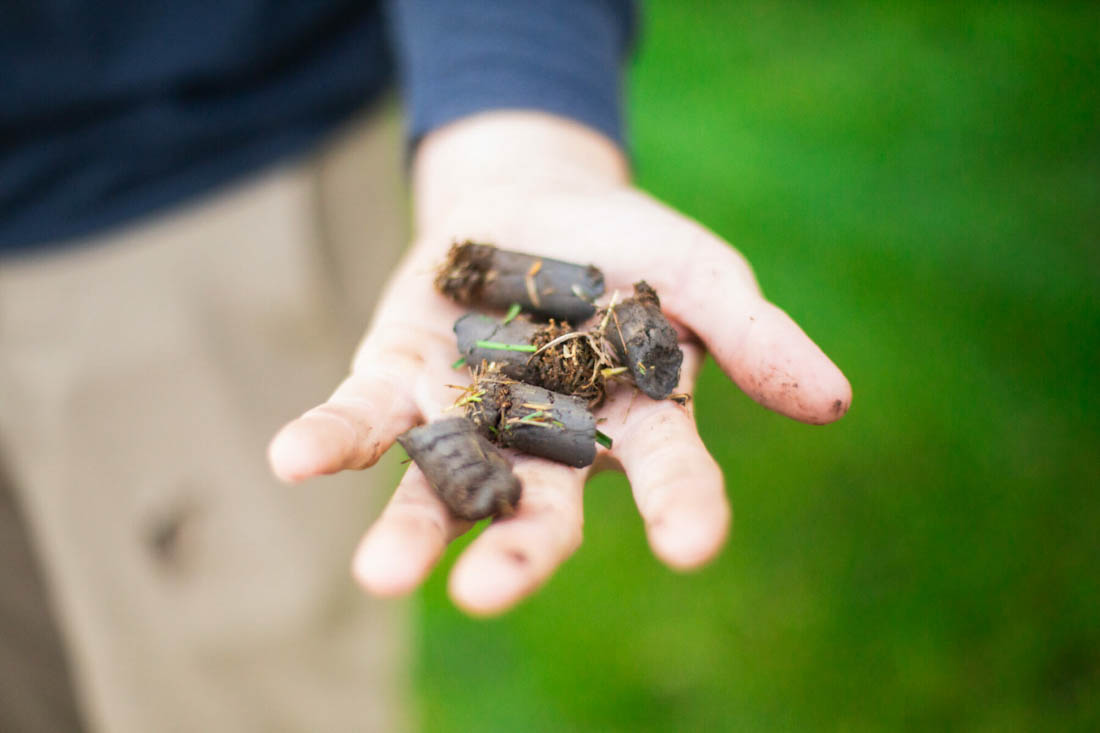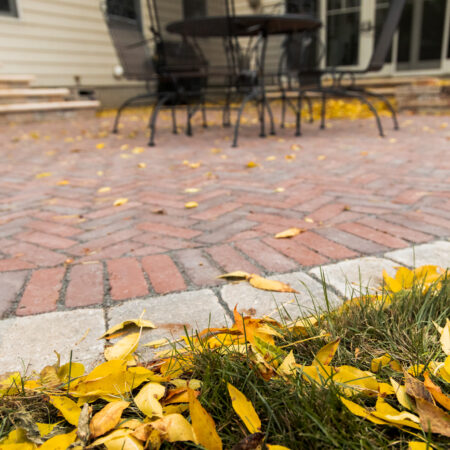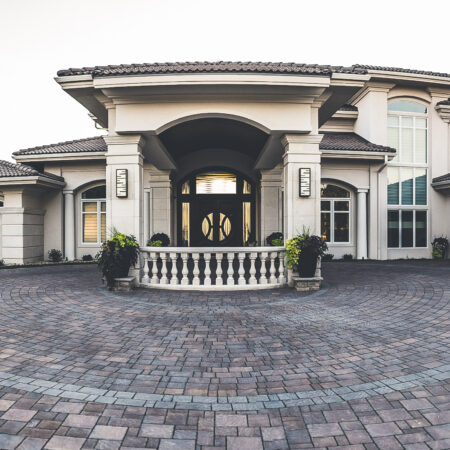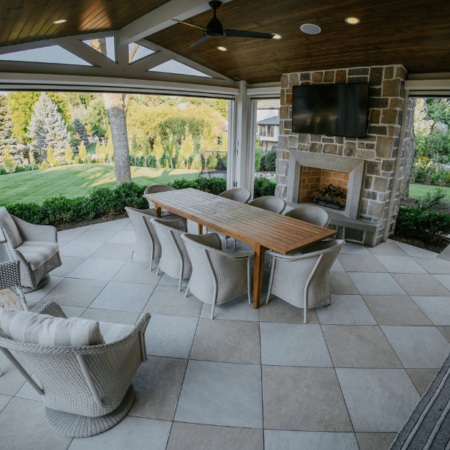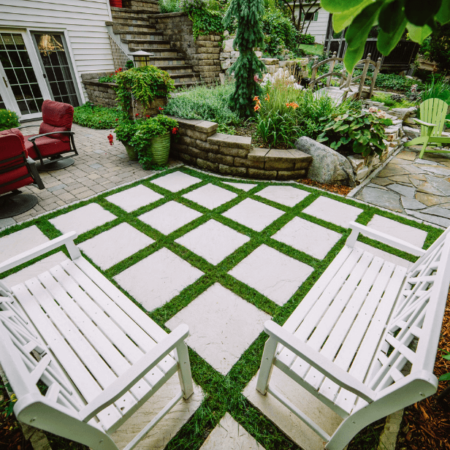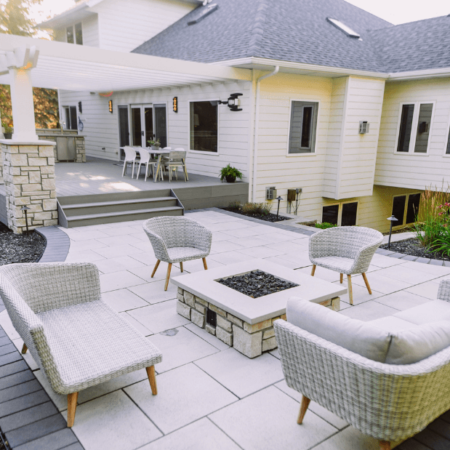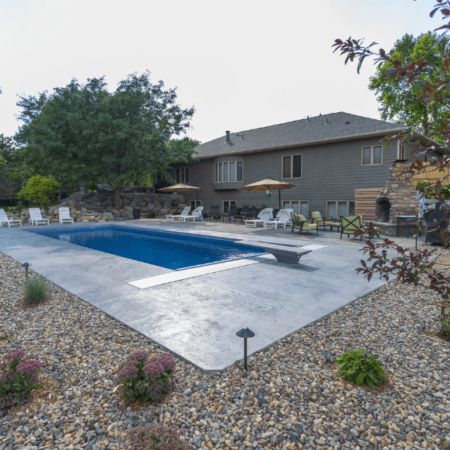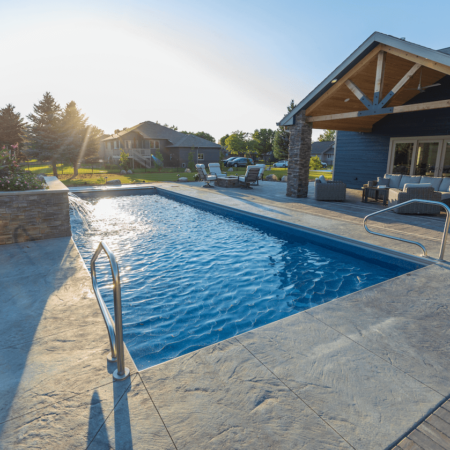The Best Plants For Your Next Midwest Landscaping Project
Living in the midwestern states is great, however some plants do not find that to be true. Not all plants thrive in the Midwest due to its climate, soil types, and other environmental factors. Plants may struggle due to the frigid winters, blazing summers, or various soil compositions. However, many native plants have adapted well to the Midwest’s conditions and flourish here.
As you begin creating your dream landscape project, there are a few things to consider when choosing a plant that will thrive in Sioux Falls, SD, Rochester, MN or Des Moines, IA.
Ensure that the plants you include in your next landscaping project are Midwest-friendly with advice from the professionals at Weller Brothers and Better Homes & Gardens.
What to Consider When Selecting your Plants
When selecting plants for the garden, USDA hardiness zones provides detail on what plants will best survive your coolest weather. The Midwest region includes plant hardiness zones 3-5.
Deciding which plants to grow in the Midwest can be tricky. Using the hardiness zone tool above, start by narrowing in on the plants that best fit your climate. A couple of other important things to consider when adding new plants to your yard is how much sunlight your plant will need and how much space you need between plants.
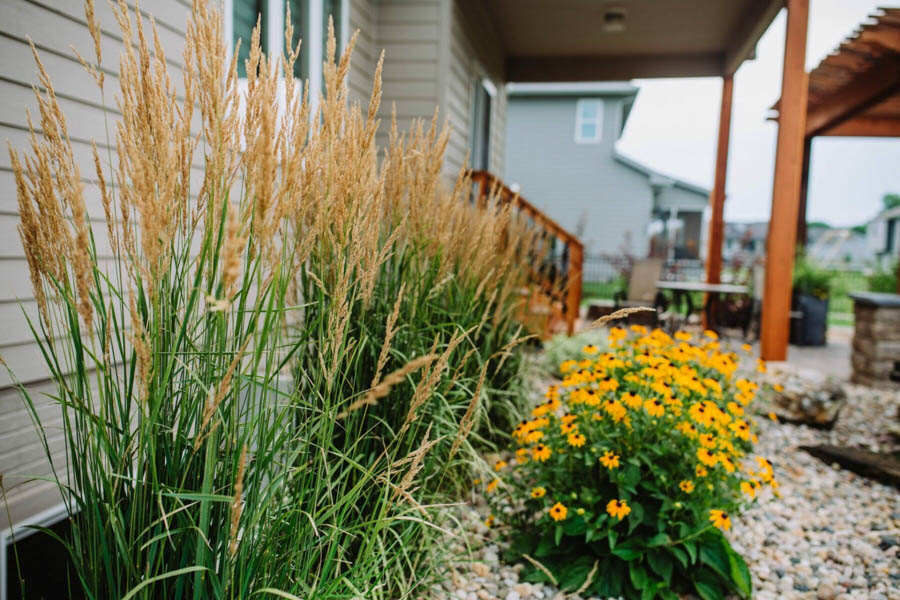
To transform a space and create a unique experience, Weller Brothers recommends incorporating a variety of color and texture; these elements add interest and richness to any design!
Below are five examples of plants that will not only thrive in the Midwest, but also add key elements to bring your dream landscape project to life.
The Types of Plants to Consider:
- Poaceae, commonly known as grasses, have narrow leaves with parallel veins and small, inconspicuous flowers.
- Burning bush are apart of the shrub family. Shrubs are any woody plant that has several stems, none dominant, and is usually less than 3 m (10 feet) tall.
- Echinacea are flowered perennials also known as Cone Flowers, and are often cultivated as border plants.
- Yucca, which is commonly referred to as Adam’s Needle, is unforgettable for their rosettes of evergreen, tough, sword-shaped leaves and large terminal panicles of white flowers.
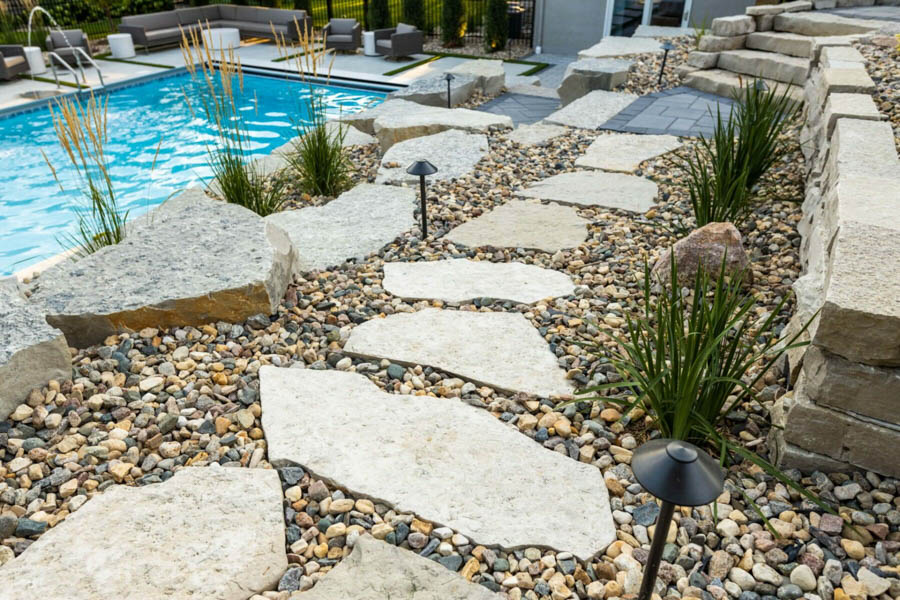
How to Care for your Midwest-Friendly Plants
Once you have selected the perfect Midwest-friendly plants, placing them in the appropriate area, as well as ensuring that they are getting the proper amount of sunlight and hydration, is equally important to their life span. Different types of plants require different amounts of water and sunlight. Watering properly in the summer fends off heat stress; however, make sure to avoid overwatering and wetting the leaves to prevent disease in the already-muggy conditions.
If the thought of designing, selecting, building, and caring for your newest landscaping project feels overwhelming, leave the hard work to the professionals at Weller Brothers in Sioux Falls, SD, Rochester, MN and Des Moines, IA.
Our experienced Landscape Design team will ensure your dream landscape project comes to life. Contact us here to request Landscape Design services.





